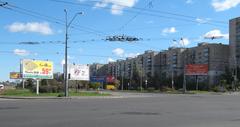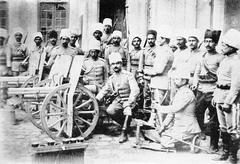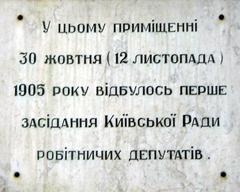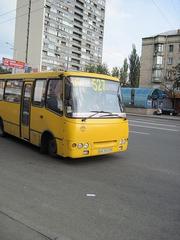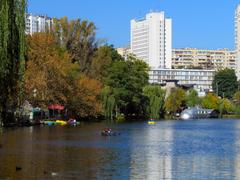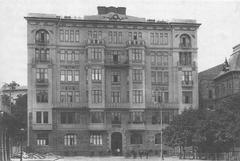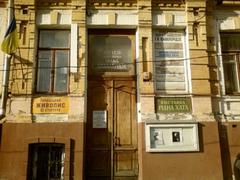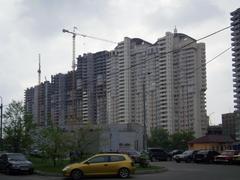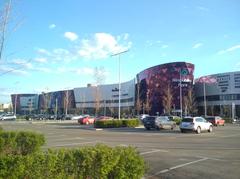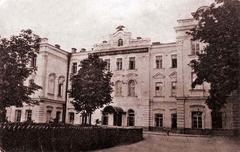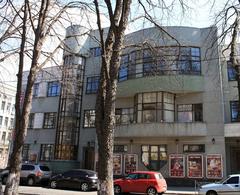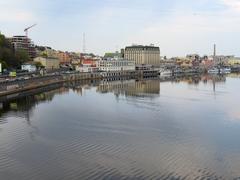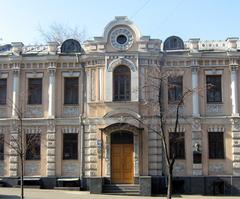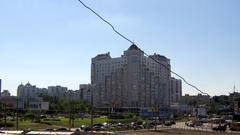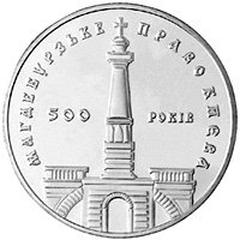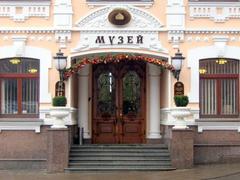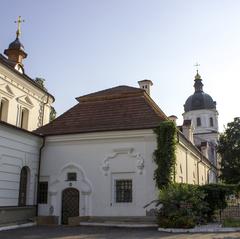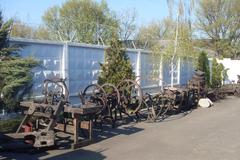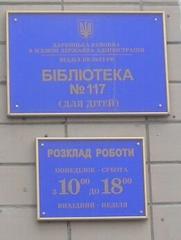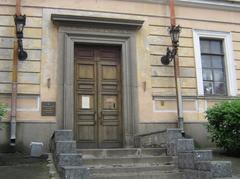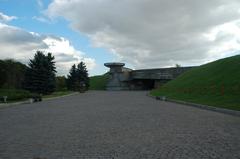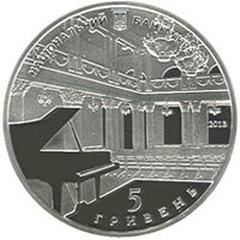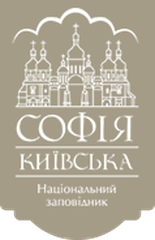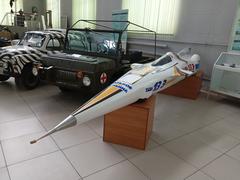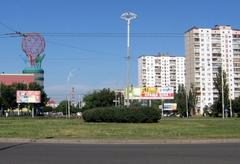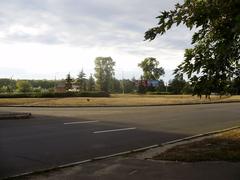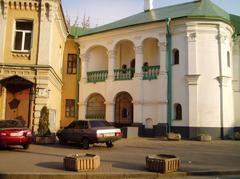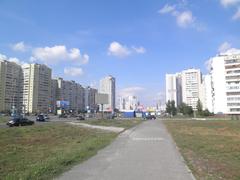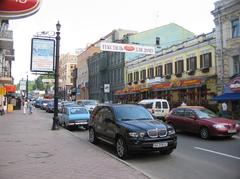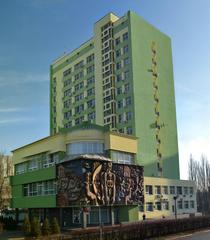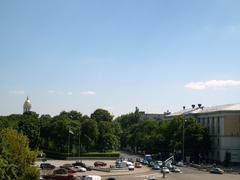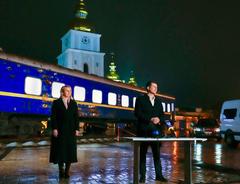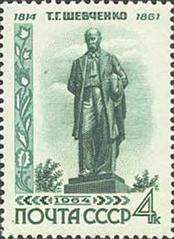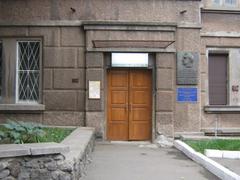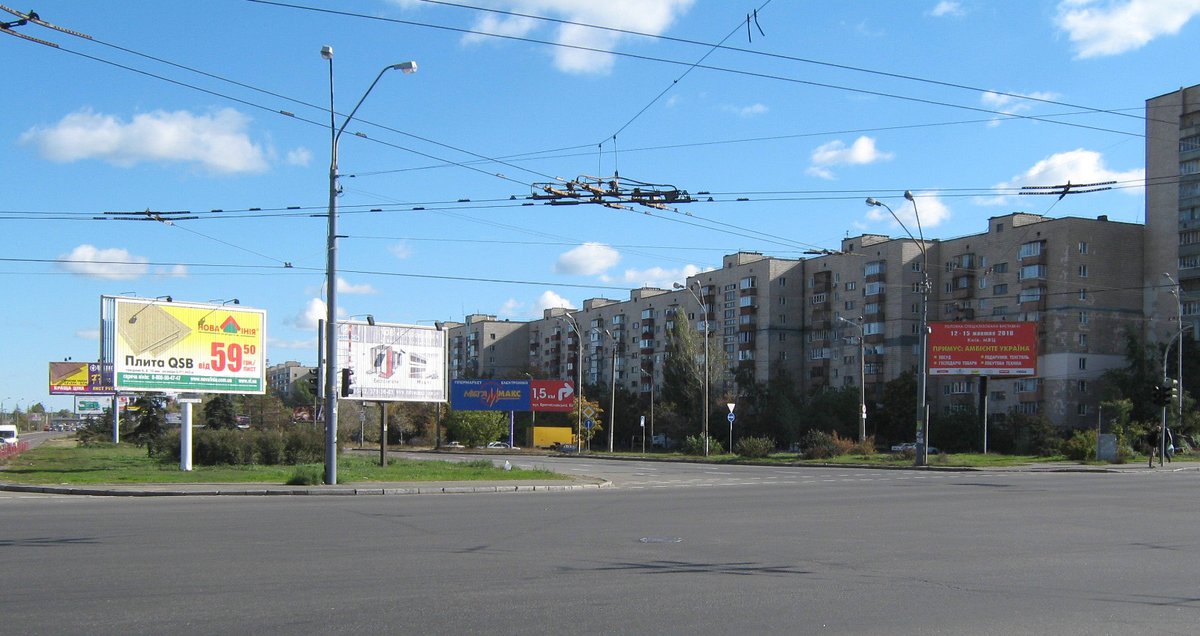
Kerchenska Square Kyiv: Visiting Hours, Tickets, and Historical Significance Guide
Date: 15/06/2025
Introduction: Kerchenska Square and Its Significance
Kerchenska Square, located in Kyiv’s Dniprovskyi District, is a vibrant urban space interwoven with layers of history, cultural identity, and everyday life. Named after the Crimean city of Kerch, the square reflects Kyiv’s tradition of honoring regional ties and collective memory. Established during the city’s rapid post-World War II expansion, Kerchenska Square evolved from a practical transit hub into a dynamic public space, now serving as a microcosm of Kyiv’s journey from the Soviet era to modern-day Ukraine. Open 24/7 and free to enter, it invites both locals and travelers to explore Kyiv beyond its main tourist thoroughfares (Britannica, Best Kiev Guide, architecturecourses.org).
Table of Contents
- Origins and Early Development
- Soviet Era Transformations
- Post-Soviet Changes and Urban Renewal
- Visiting Hours, Accessibility & Travel Tips
- Cultural and Social Significance
- Notable Events and Transformations
- Architecture and Urban Landscape
- Nearby Attractions
- Visuals and Media Suggestions
- Frequently Asked Questions (FAQ)
- Conclusion
- References
Origins and Early Development
Kerchenska Square (Ukrainian: Керченська площа) draws its name from Kerch, reflecting a tradition of commemorating cities within the former Soviet Union. Established during Kyiv’s mid-20th-century urban expansion, it was designed to serve new residential neighborhoods on the city’s Left Bank. The Dniprovskyi District transitioned from rural outskirts to urban blocks, with Kerchenska Square emerging as a key transit and community intersection (Britannica).
Soviet Era Transformations
During the Soviet period, Kerchenska Square was a practical node for public transport and commerce rather than a ceremonial space. Its accessibility to tram and bus lines made it vital for daily commutes, while Khrushchyovka-style apartment blocks defined the surrounding architecture. Modest landscaping, benches, and kiosks reflected the Soviet ethos of integrated communal amenities (EAA).
Post-Soviet Changes and Urban Renewal
Following Ukraine’s independence in 1991, economic and social transformations reshaped Kerchenska Square. Privatization spurred the appearance of new businesses, including cafes, shops, and pharmacies. Urban renewal efforts in the 1990s and 2000s improved lighting, transport stops, playgrounds, and green spaces, further cementing the square’s role as a lively neighborhood center (Turpoisk).
Visiting Hours, Accessibility & Travel Tips
- Visiting Hours: Open 24/7, year-round.
- Tickets: No entrance fee required.
- Accessibility: Wheelchair-accessible sidewalks and public transport stops with ramps.
- Getting There: Reachable via multiple bus, trolleybus, and tram lines; close to metro stations.
- Travel Tips: Experience local flavor during community events or markets; amenities like cafes and shops are readily available.
Cultural and Social Significance
Kerchenska Square exemplifies postwar urban development and Soviet planning focused on community integration. Its name highlights Ukraine’s historic connections and multicultural identity. Today, the square remains a focal point for neighborhood events, seasonal markets, and gatherings, reinforcing its importance as a social anchor (EAA).
Notable Events and Transformations
While not a stage for major national demonstrations, Kerchenska Square has witnessed significant transformations:
- Dniprovskyi District’s population growth since the 1950s.
- Modernization of transportation routes.
- Emergence of new commercial life through small businesses.
- Community-driven improvements, from environmental clean-ups to cultural celebrations.
Architecture and Urban Landscape
Kerchenska Square’s landscape is defined by functional Soviet-era apartment buildings and newer commercial structures. Open layouts, landscaped green spaces, benches, and modernized lighting contribute to a welcoming, safe environment. Recent upgrades include contemporary street furniture and expanded green infrastructure (architecturecourses.org).
Nearby Attractions
- Dniprovskyi Park: A green space for relaxation and recreation.
- Local Markets and Cafes: Offering authentic neighborhood experiences.
- Cultural Centers and Historic Churches: Within walking distance or a short ride by public transport.
Visuals and Media Suggestions
For a richer experience, view images and videos featuring Kerchenska Square’s architecture, public art, and community events. Use alt tags such as “Kerchenska Square Kyiv public space” and “Kerchenska Square historical sites” for SEO-friendly descriptions.
Frequently Asked Questions (FAQ)
Q: What are Kerchenska Square’s opening hours?
A: 24/7, year-round.
Q: Is there an entrance fee?
A: No, it’s free to visit.
Q: How can I reach the square by public transport?
A: Multiple bus, trolleybus, and tram routes serve the Dniprovskyi District.
Q: Is the square accessible for people with disabilities?
A: Yes, with paved, wheelchair-friendly sidewalks and accessible transit stops.
Q: Are there guided tours?
A: While Kerchenska Square is not the main focus of most tours, some local walking and architecture tours include it as a stop.
Conclusion
Kerchenska Square is a testament to Kyiv’s resilience, urban evolution, and cultural diversity. Its round-the-clock accessibility, well-integrated transport, and blend of historical and contemporary features make it an ideal destination for those seeking to experience everyday Kyiv. Beyond the city’s central highlights, Kerchenska Square offers a window into authentic local life, community spirit, and the ongoing transformation of Ukraine’s capital.
For a more immersive visit, consider using digital tools like the Audiala app for personalized guides and event updates. Stay informed, explore nearby historical sites, and embrace the unique character of Kerchenska Square during your time in Kyiv.
